Was Catherine the Great a tyrant? Find out in All About History 127
Inside All About History 127: Uncover the reign of Catherine the Great and the truth about her 'enlightened despotism'.
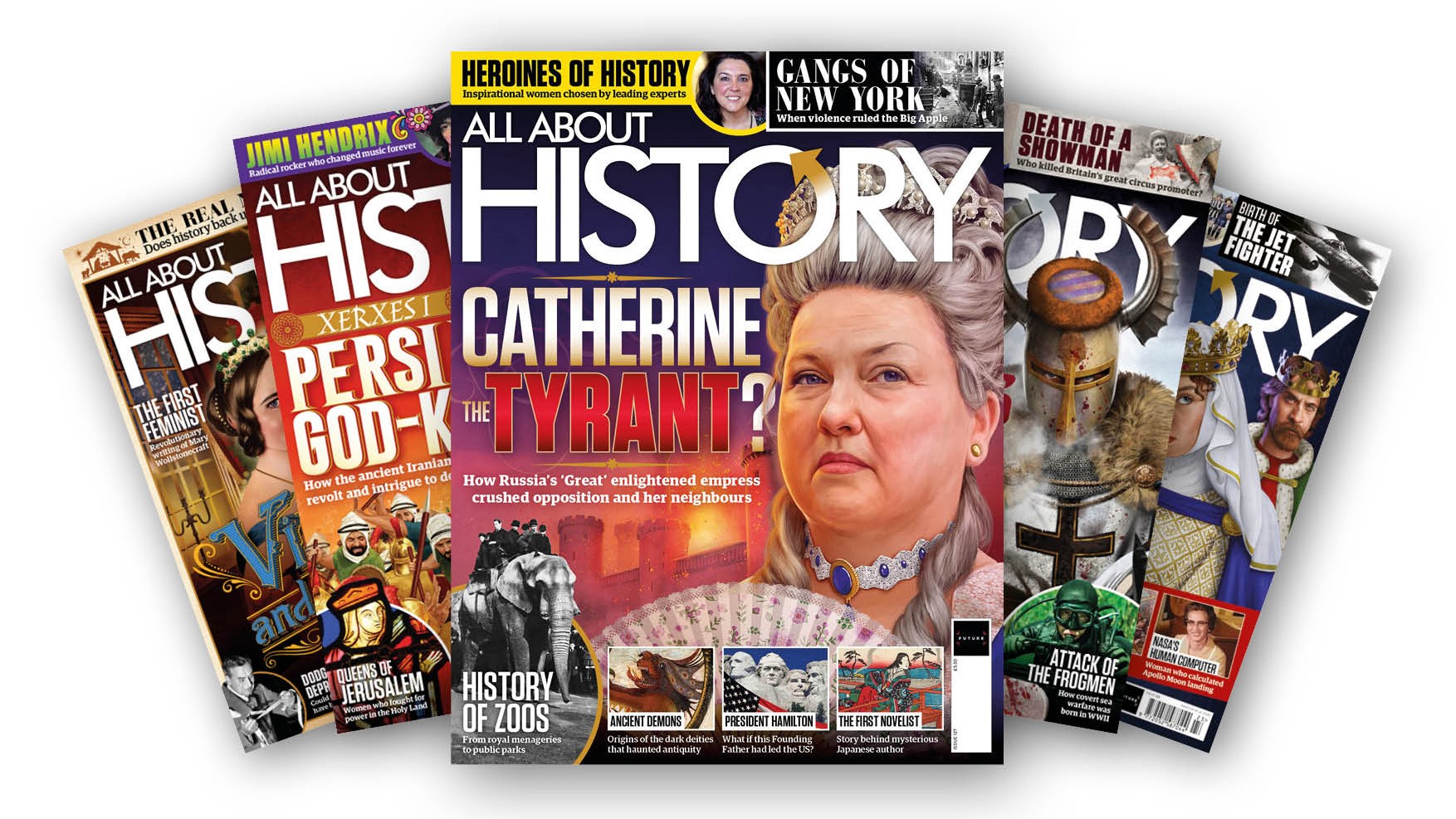
Catherine the Great is celebrated as one of the leading monarch of the enlightenment era, who believed in improving the welfare of the Russian people and investing in the arts. But there's another side to the story too.
In the latest issue of All About History, Virginia Rounding explains what 'enlightened despotism' meant to Catherine, how she overthrew her husband to claim Russia's imperial throne and how she ruthlessly expanded her empire, collecting territory just as she collected art.
Read all this and the full story of Catherine the Great, in issue 127.
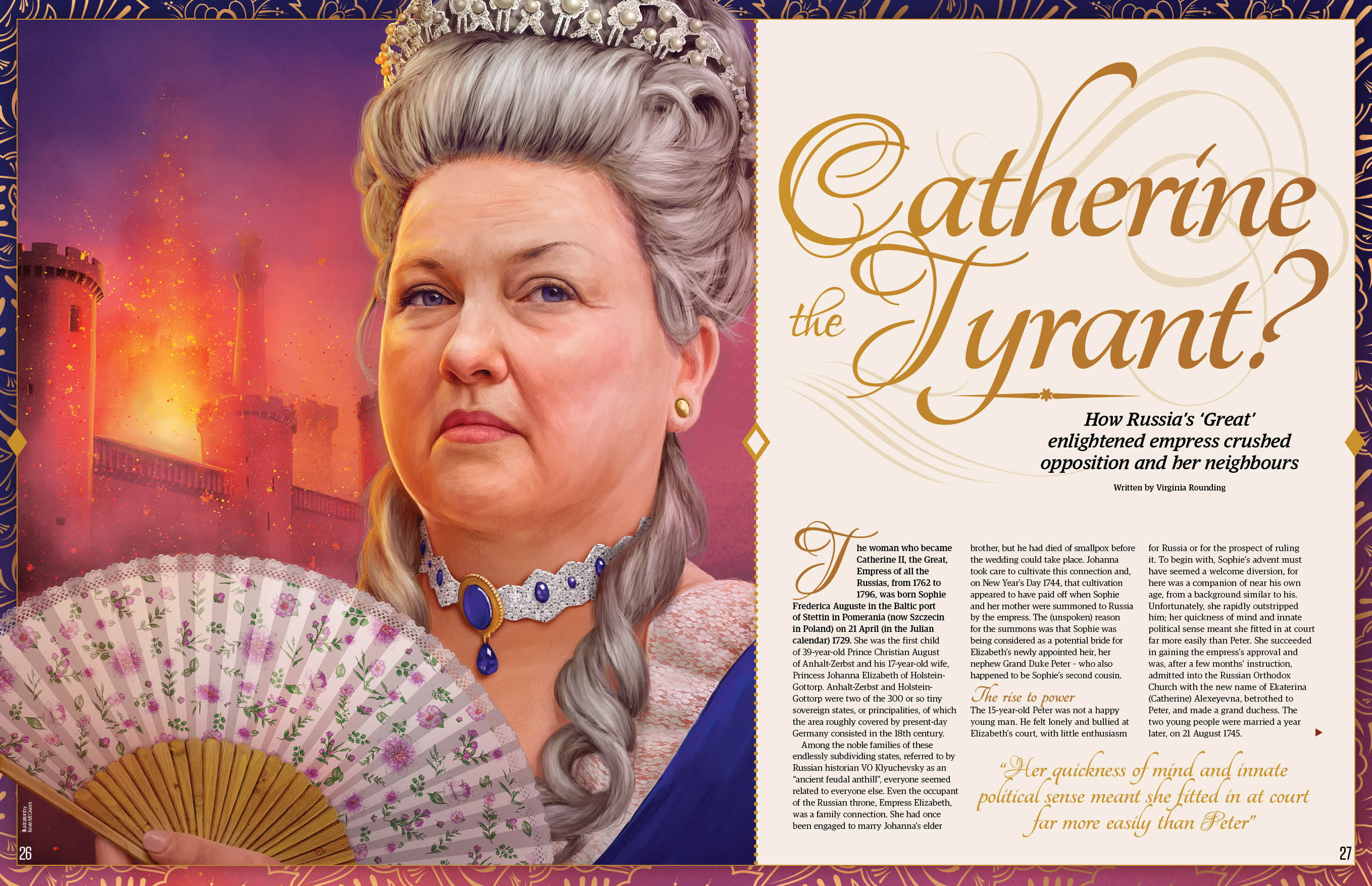
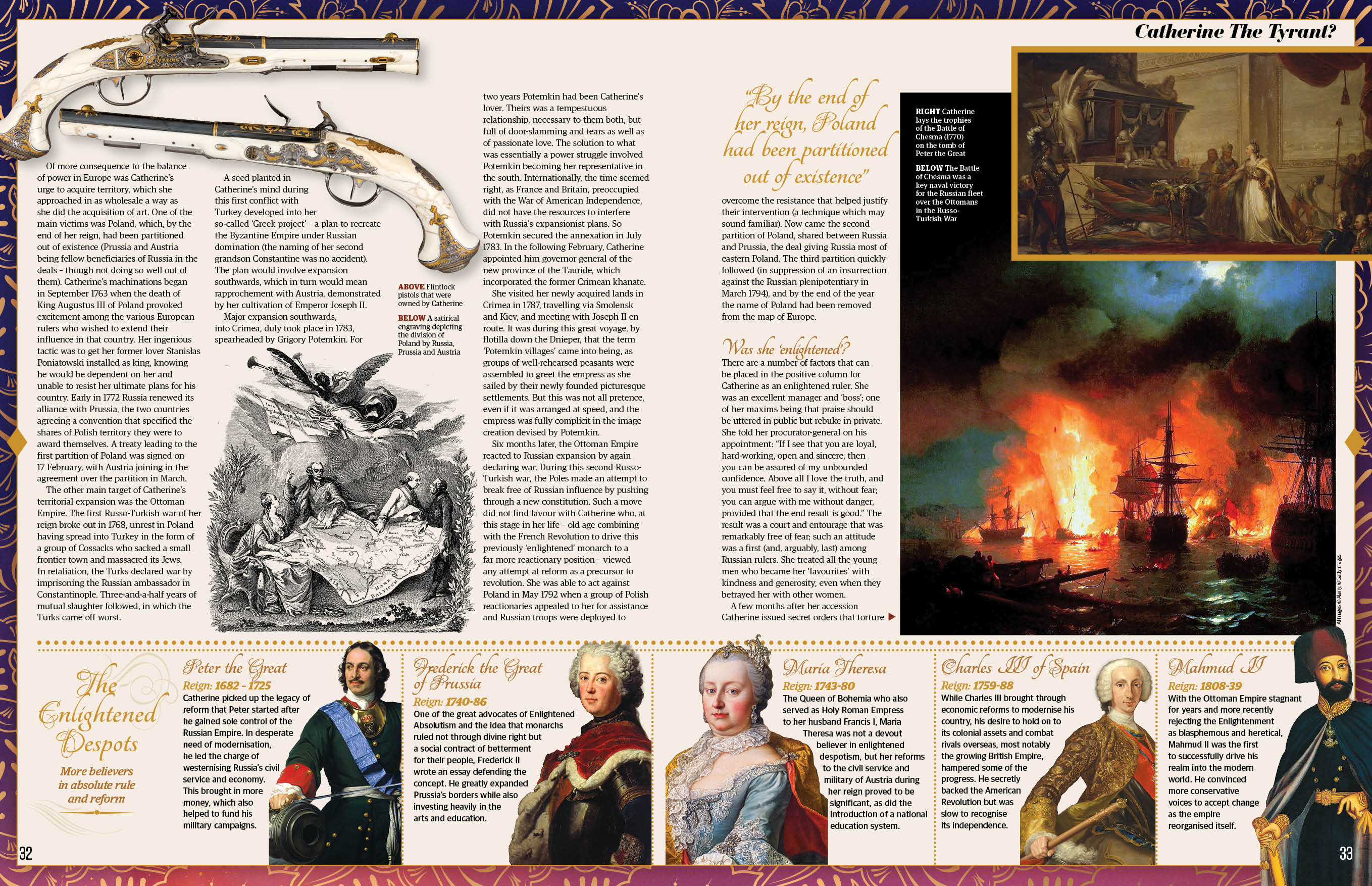
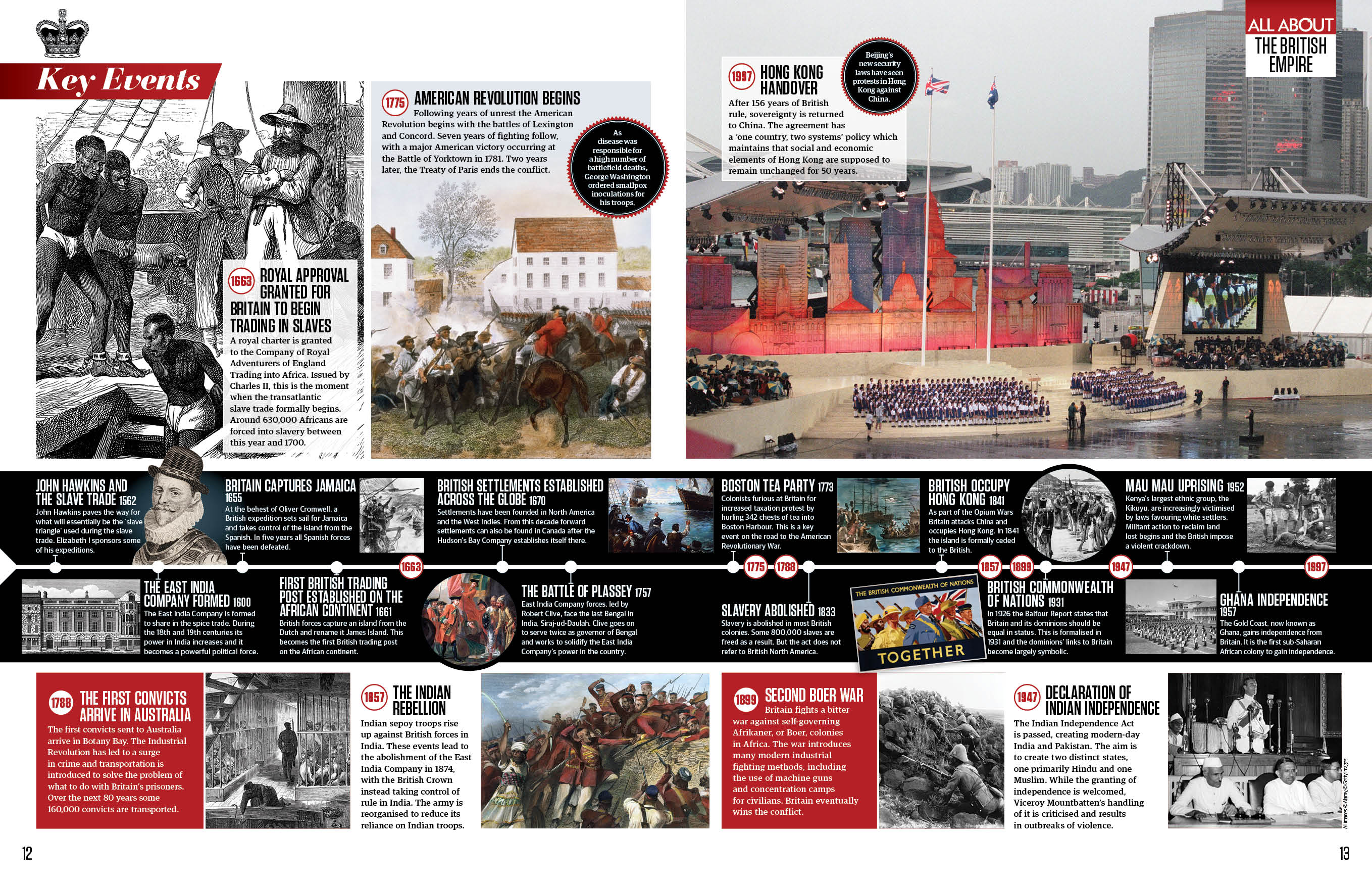
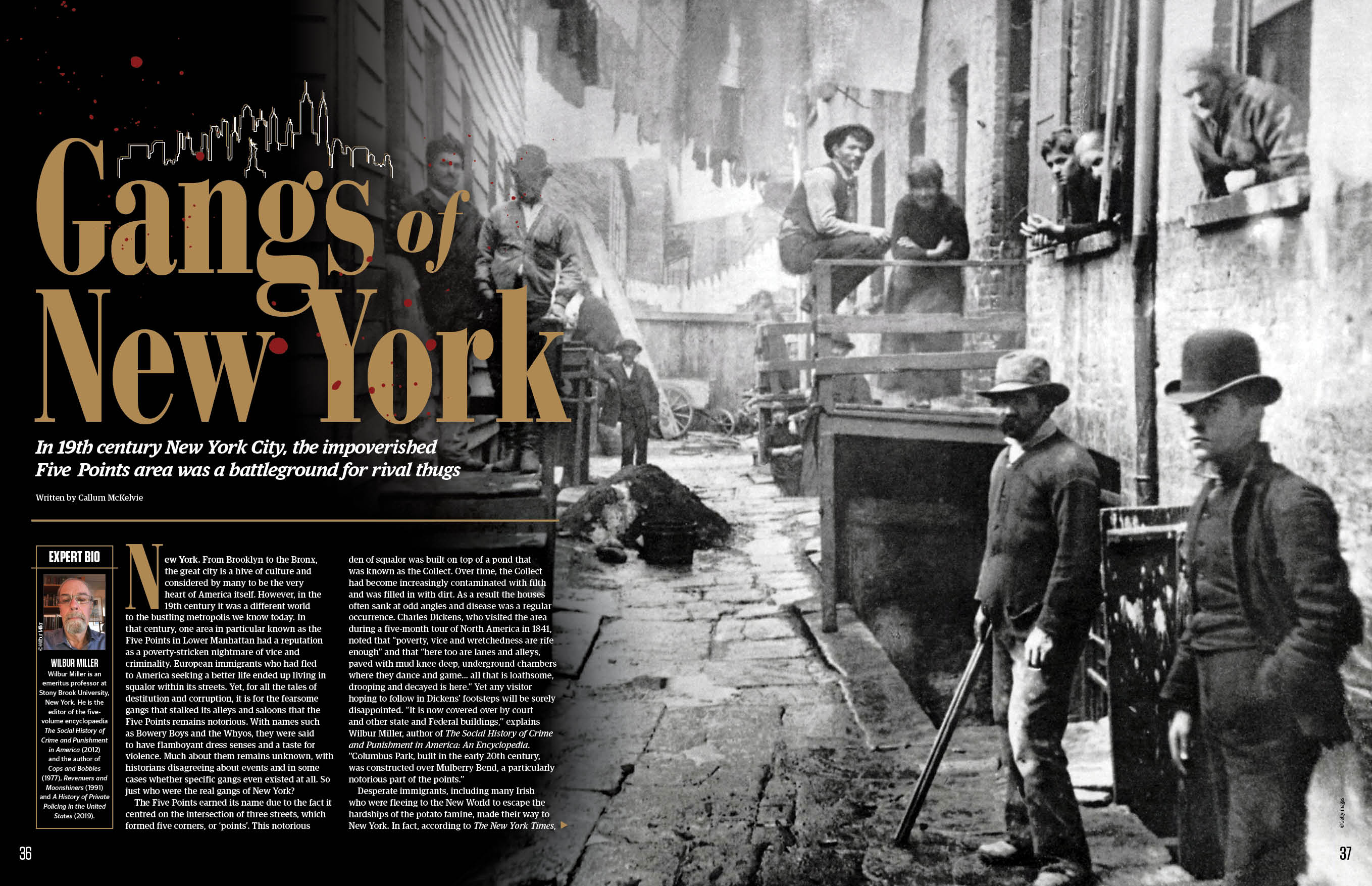
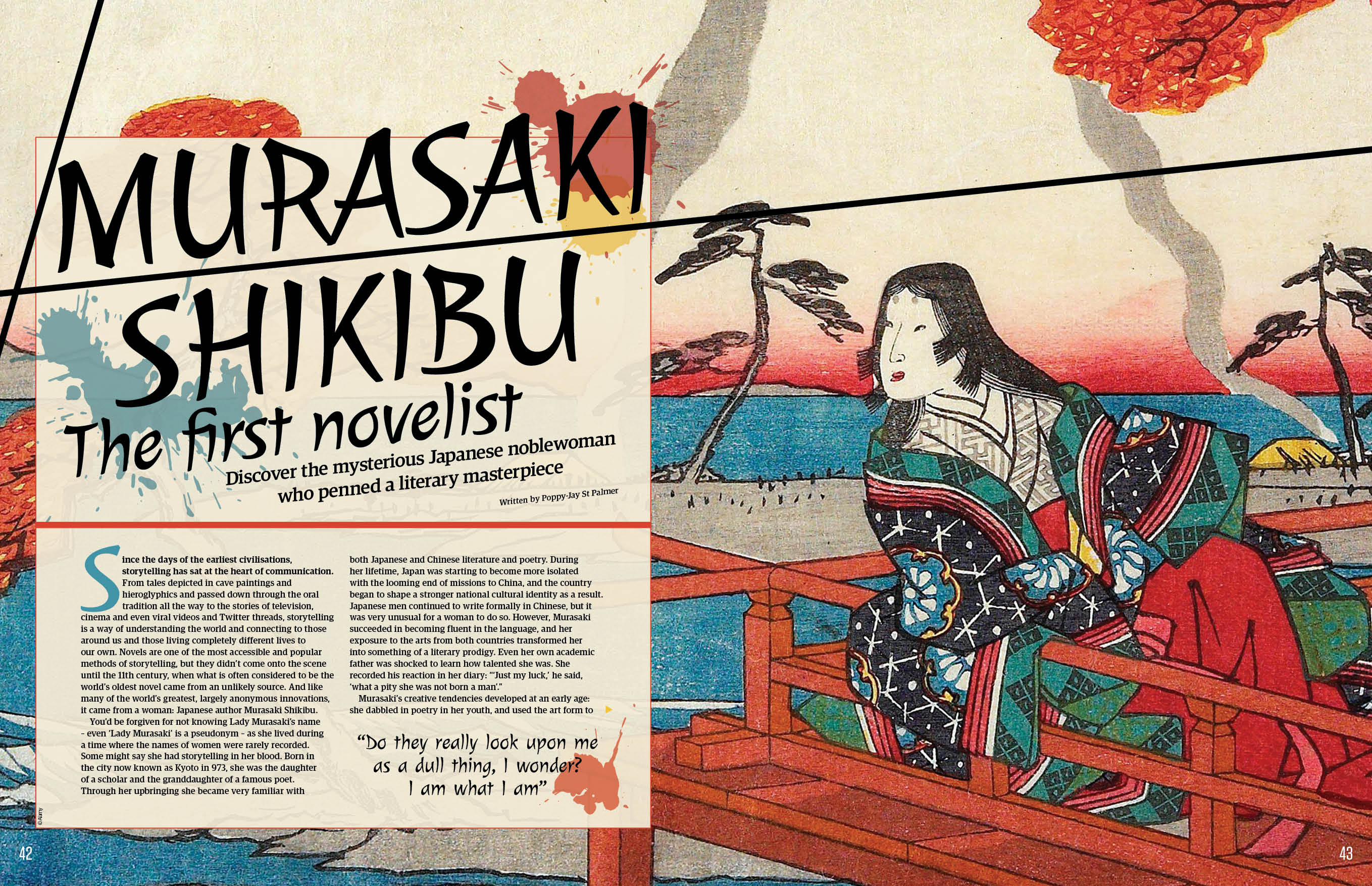
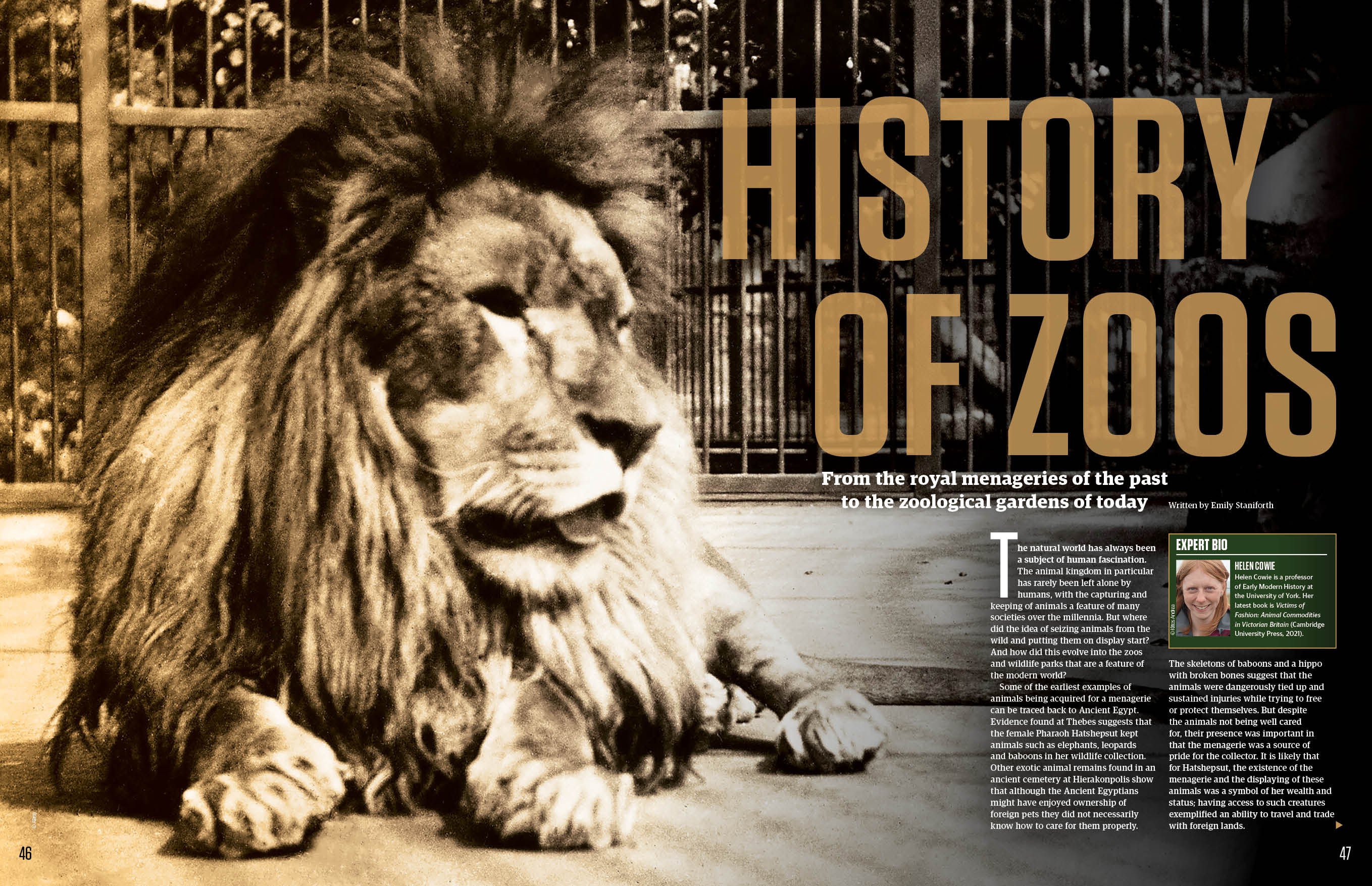
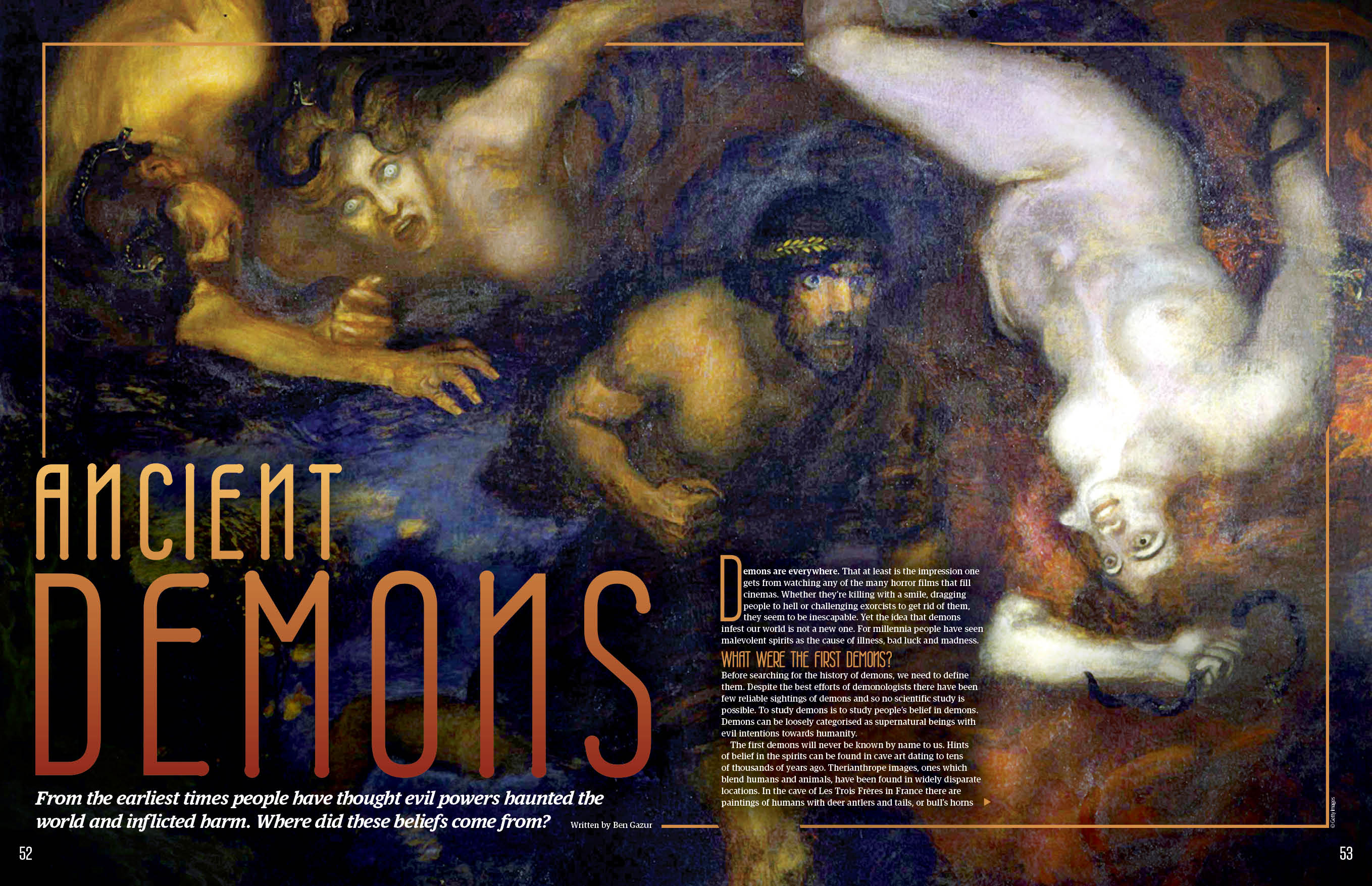
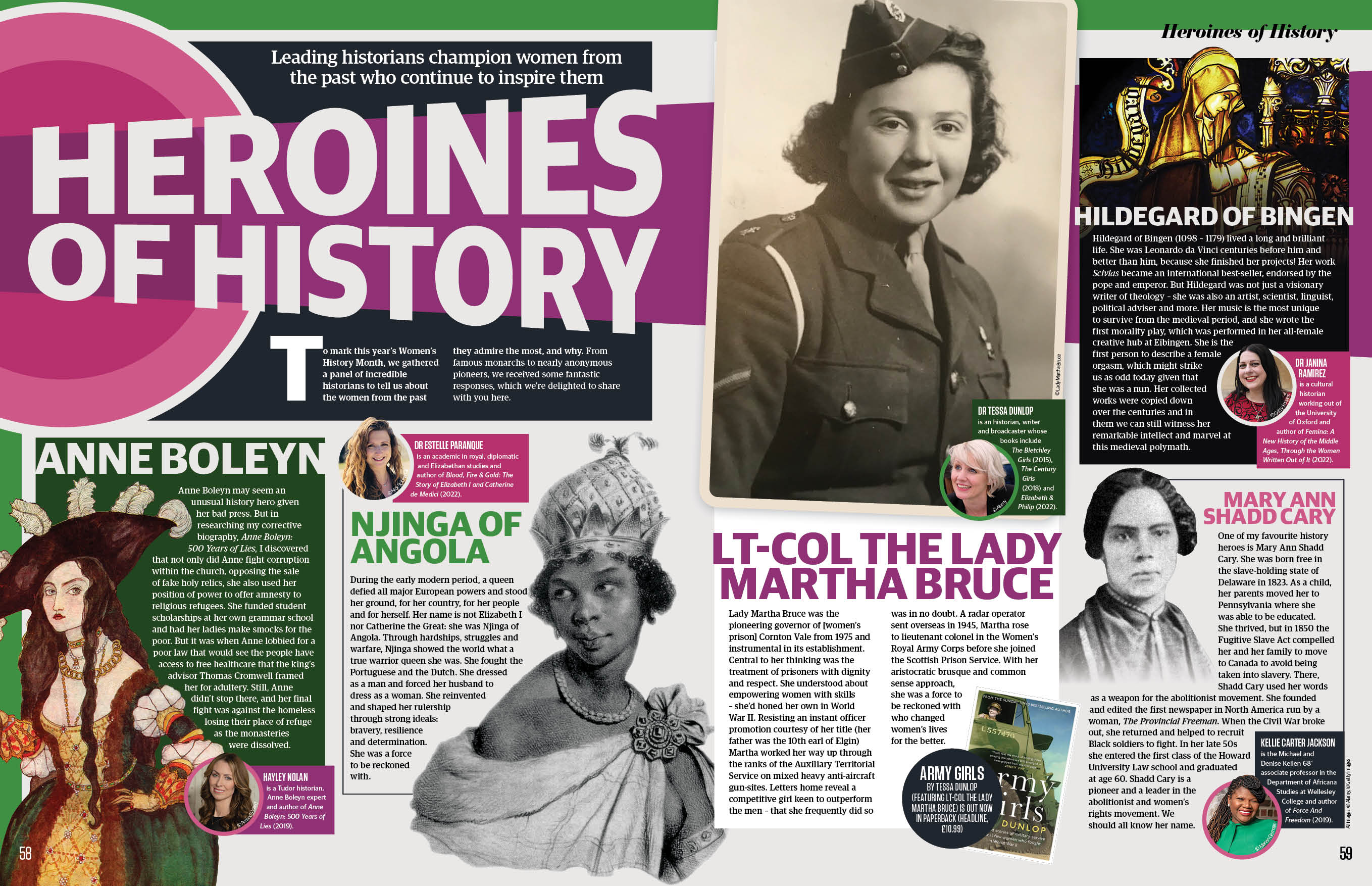
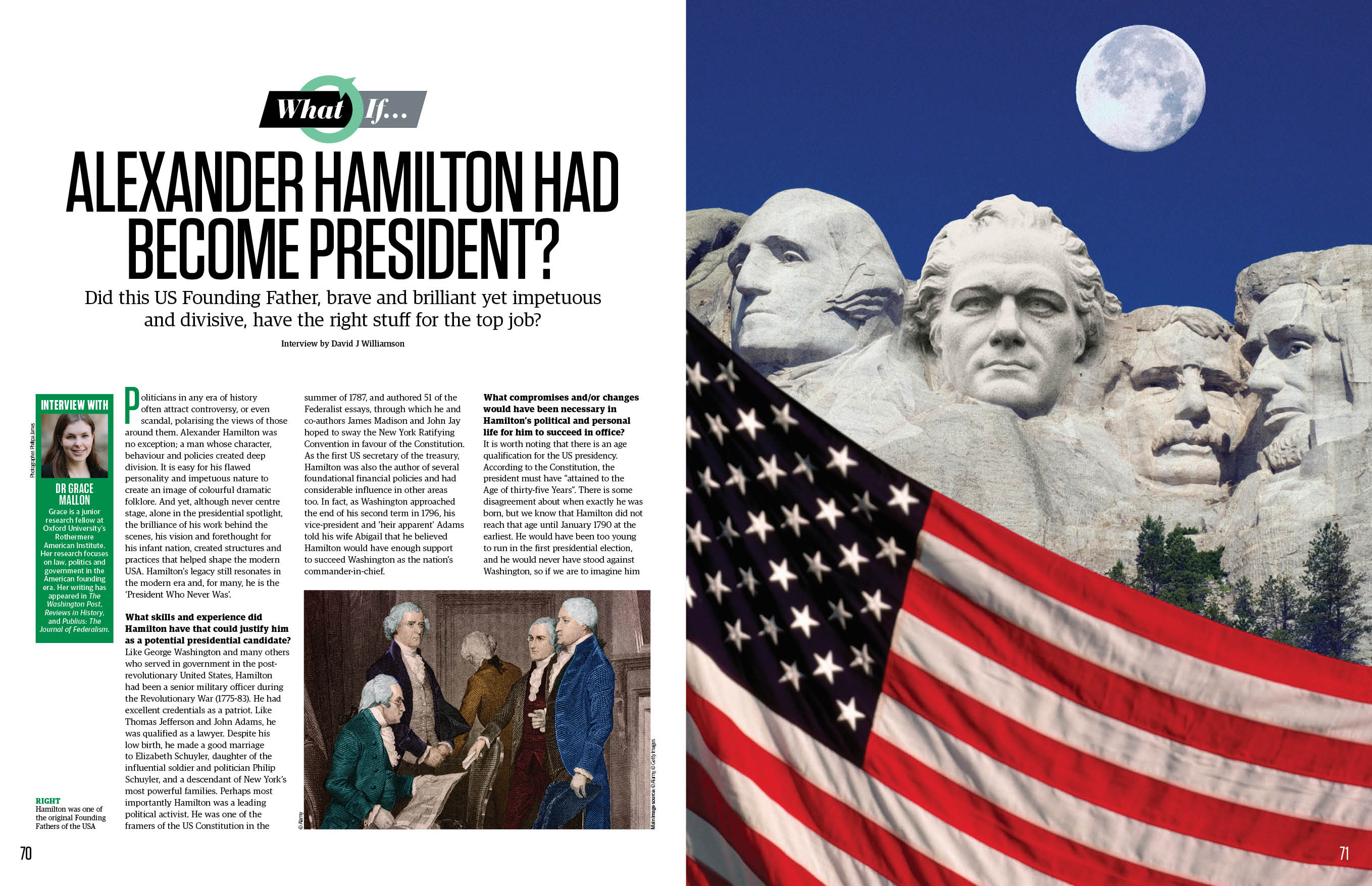
Also in issue 127, the All About History team prepare for Women's History Month in March by speaking to 16 leading historians to learn about the women of the past who inspire them. You can also read about the real 19th century gangs of New York and what demons ancient people believed in.
Related: Read a free issues of All About History
In issue 127 you can also learn about the mysterious life of the first novelist, the long history of zoos and what might have happened if Alexander Hamilton had become president of the United States. It's all in All About History 127.
Catherine the Tyrant?
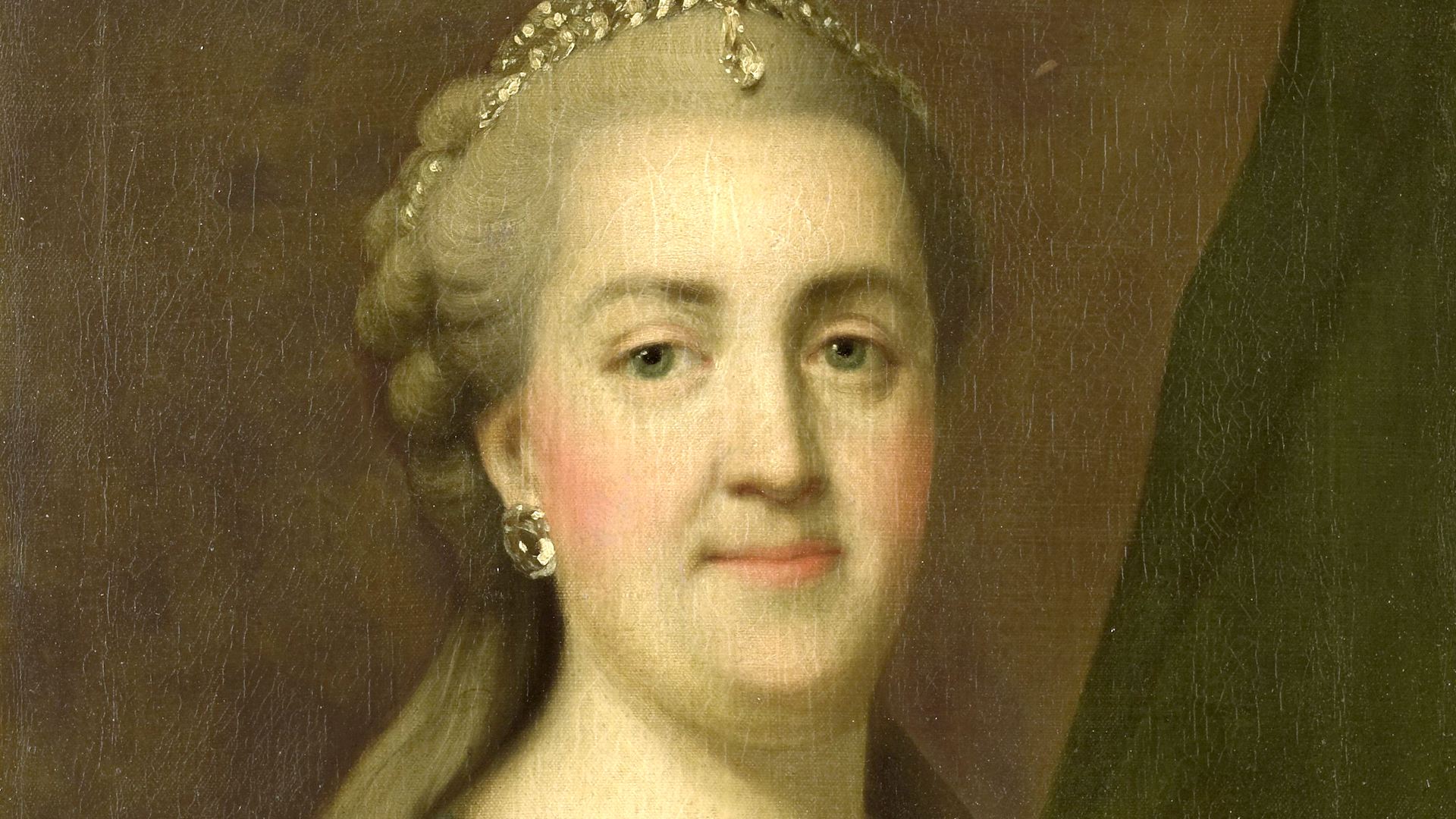
The woman who became Catherine II, the Great, Empress of all the Russias, from 1762 to 1796, was born Sophie Frederica Auguste in the Baltic port of Stettin in Pomerania (now Szczecin in Poland) on 21 April (in the Julian calendar) 1729. She was the first child of 39-year-old Prince Christian August of Anhalt-Zerbst and his 17-year-old wife, Princess Johanna Elizabeth of Holstein-Gottorp. Anhalt-Zerbst and Holstein-Gottorp were two of the 300 or so tiny sovereign states, or principalities, of which the area roughly covered by present-day Germany consisted in the 18th century.
Sign up for the Live Science daily newsletter now
Get the world’s most fascinating discoveries delivered straight to your inbox.
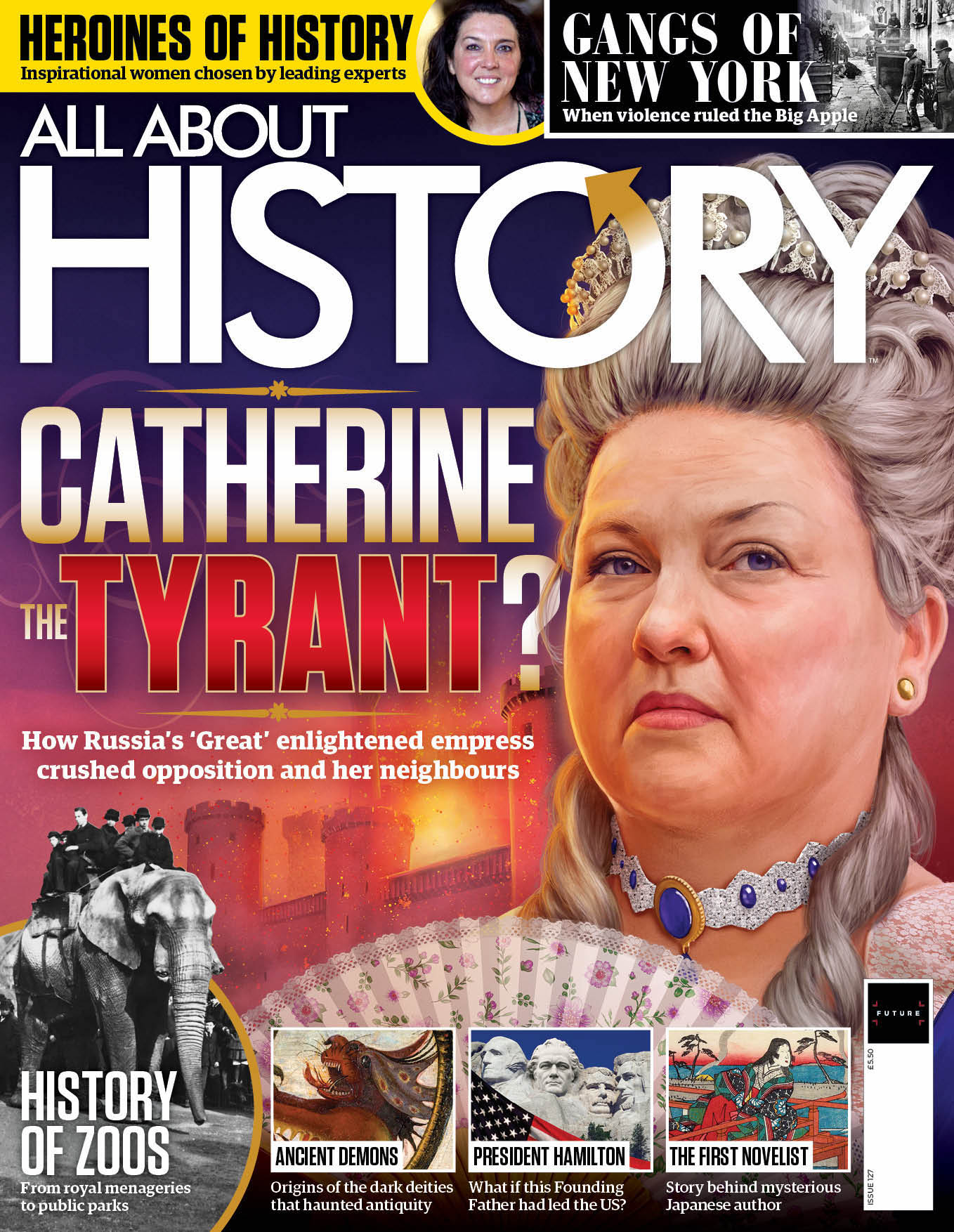
Subscribe to All About History today for as little as $2.62 per issue. Offers available for print, digital and combined subscriptions as well as quarterly and annual plans so you can enjoy All About History wherever you are, however you like.
Among the noble families of these endlessly subdividing states, referred to by Russian historian VO Klyuchevsky as an “ancient feudal anthill”, everyone seemed related to everyone else. Even the occupant of the Russian throne, Empress Elizabeth, was a family connection. She had once been engaged to marry Johanna’s elder brother, but he had died of smallpox before the wedding could take place. Johanna took care to cultivate this connection and, on New Year’s Day 1744, that cultivation appeared to have paid off when Sophie and her mother were summoned to Russia by the empress. The (unspoken) reason for the summons was that Sophie was being considered as a potential bride for Elizabeth’s newly appointed heir, her nephew Grand Duke Peter – who also happened to be Sophie’s second cousin.
Read more in All About History 127.
The real Gangs of New York
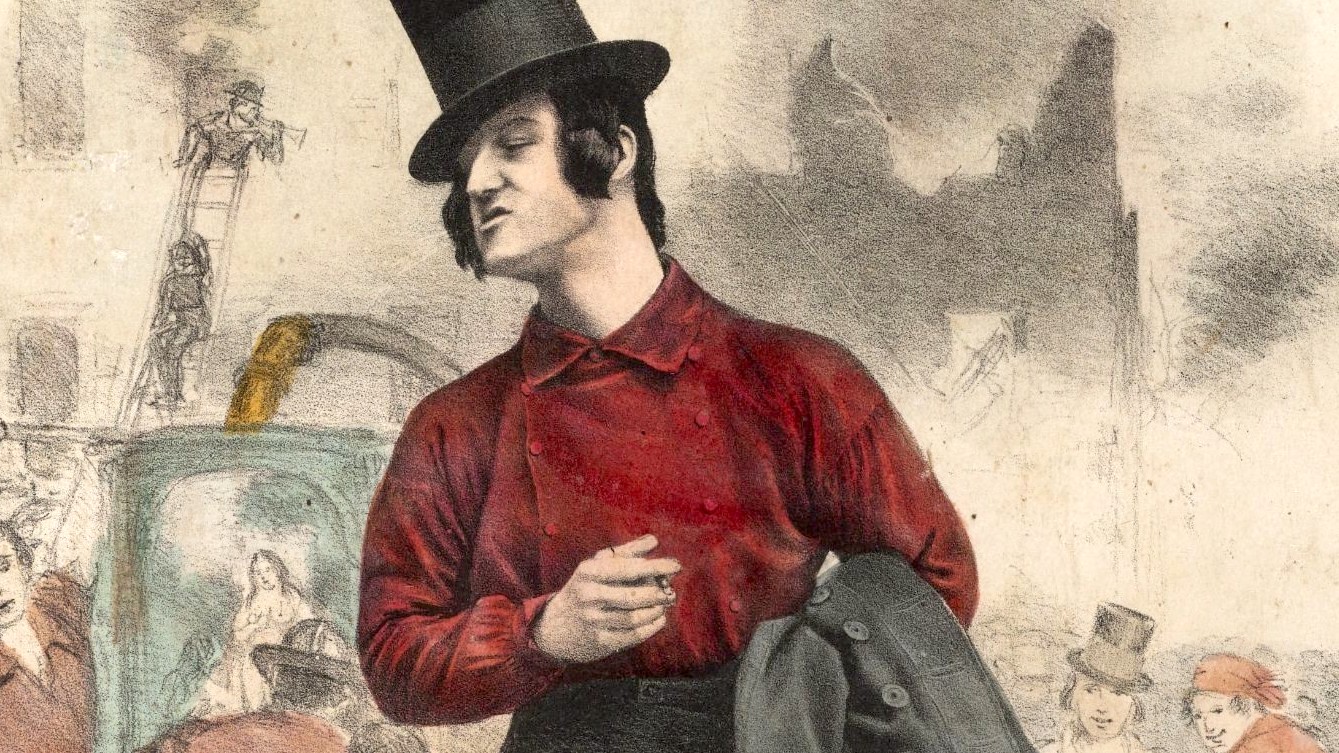
New York. From Brooklyn to the Bronx, the great city is a hive of culture and considered by many to be the very heart of America itself. However, in the 19th century it was a different world to the bustling metropolis we know today. In that century, one area in particular known as the Five Points in Lower Manhattan had a reputation as a poverty-stricken nightmare of vice and criminality. European immigrants who had fled to America seeking a better life ended up living in squalor within its streets. Yet, for all the tales of destitution and corruption, it is for the fearsome gangs that stalked its alleys and saloons that the Five Points remains notorious. With names such as Bowery Boys and the Whyos, they were said to have flamboyant dress senses and a taste for violence. Much about them remains unknown, with historians disagreeing about events and in some cases whether specific gangs even existed at all. So just who were the real gangs of New York?
Learn more about the real gangs of New York in All About History 127.
History of Zoos
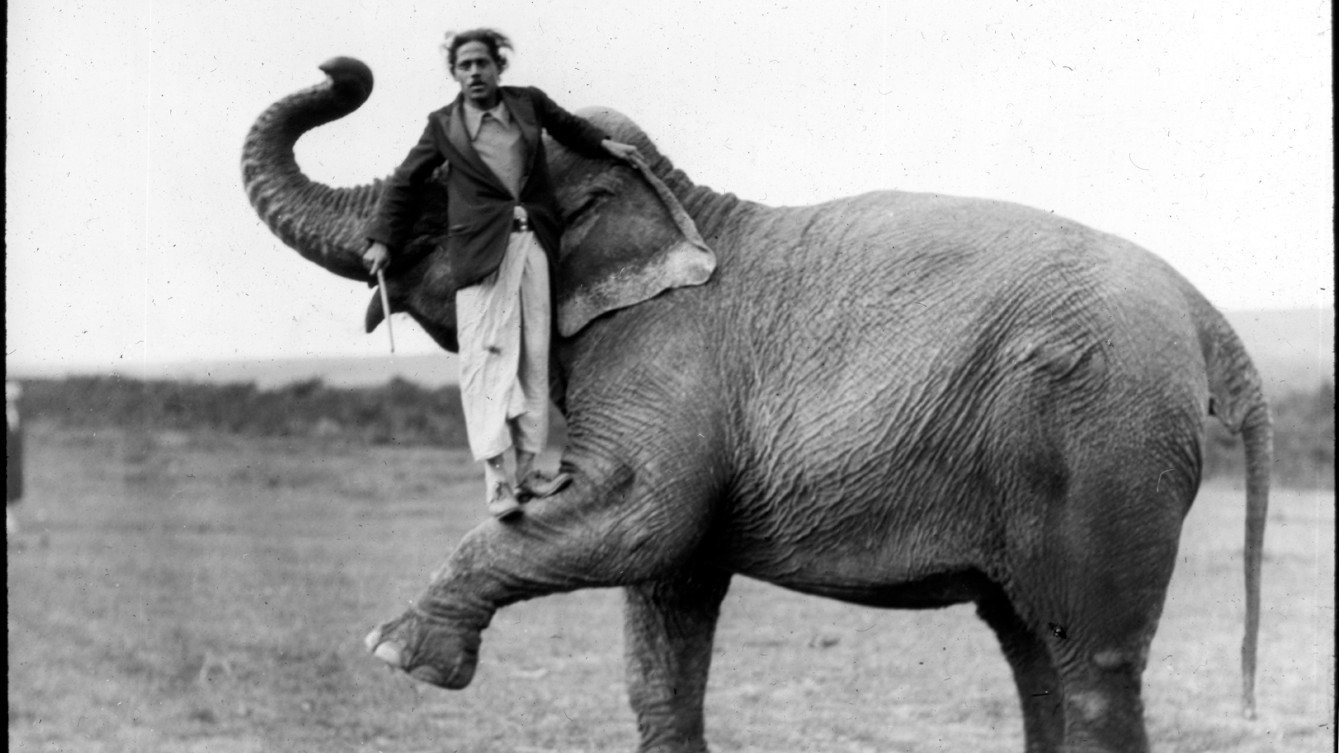
The natural world has always been a subject of human fascination. The animal kingdom in particular has rarely been left alone by humans, with the capturing and keeping of animals a feature of many societies over the millennia. But where did the idea of seizing animals from the wild and putting them on display start? And how did this evolve into the zoos and wildlife parks that are a feature of the modern world?
Some of the earliest examples of animals being acquired for a menagerie can be traced back to Ancient Egypt. Evidence found at Thebes suggests that the female Pharaoh Hatshepsut kept animals such as elephants, leopards and baboons in her wildlife collection. Other exotic animal remains found in an ancient cemetery at Hierakonpolis show that although the Ancient Egyptians might have enjoyed ownership of foreign pets they did not necessarily know how to care for them properly.
Read more about the history of zoos in All About History 127.

Jonathan is the Editor of All About History magazine, running the day to day operations of the brand. He has a Bachelor's degree in History from the University of Leeds. He has previously worked as Editor of video game magazines games™ and X-ONE and tech magazines iCreate and Apps. He is currently based in Bournemouth, UK.
Why is yawning contagious?
Scientific consensus shows race is a human invention, not biological reality










